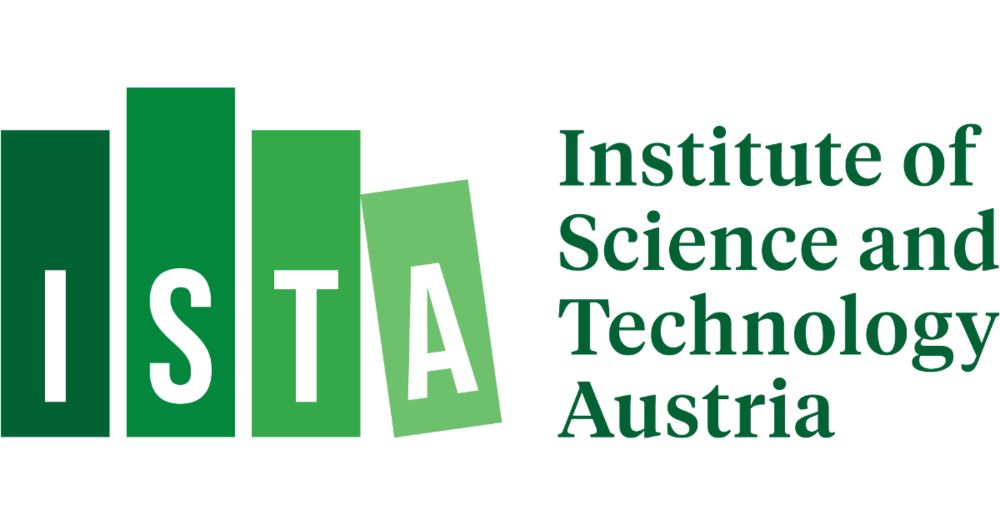

In our new paper, we use structures, MD and kinetics to show that metformin inhibits by a distinct mechanism that more hydrophobic, less well tolerated, biguanides.
www.nature.com/articles/s41...
www.biorxiv.org/content/10.1...


www.biorxiv.org/content/10.1...
In our new paper, we use structures, MD and kinetics to show that metformin inhibits by a distinct mechanism that more hydrophobic, less well tolerated, biguanides.
www.nature.com/articles/s41...

In our new paper, we use structures, MD and kinetics to show that metformin inhibits by a distinct mechanism that more hydrophobic, less well tolerated, biguanides.
www.nature.com/articles/s41...
www.nature.com/articles/d41...

www.nature.com/articles/d41...
www.science.org/doi/10.1126/...
@unmc.bsky.social @uwbiochem.bsky.social

www.science.org/doi/10.1126/...
@unmc.bsky.social @uwbiochem.bsky.social
In our new paper, we use structures, MD and kinetics to show that metformin inhibits by a distinct mechanism that more hydrophobic, less well tolerated, biguanides.
www.nature.com/articles/s41...

In our new paper, we use structures, MD and kinetics to show that metformin inhibits by a distinct mechanism that more hydrophobic, less well tolerated, biguanides.
www.nature.com/articles/s41...
Brilliant study led by @fmacleod.bsky.social and Andriko von Kügelgen. Tight collaboration with @buzzbaum.bsky.social and lab. Congrats to all authors!
www.biorxiv.org/content/10.1...

Brilliant study led by @fmacleod.bsky.social and Andriko von Kügelgen. Tight collaboration with @buzzbaum.bsky.social and lab. Congrats to all authors!
www.biorxiv.org/content/10.1...

Fantastic training opportunity for anyone working with genomic data and evolutionary questions.
Highly recommended - amazing course, great community, and a fantastic setting!

Fantastic training opportunity for anyone working with genomic data and evolutionary questions.
Highly recommended - amazing course, great community, and a fantastic setting!
@zestytoast.bsky.social tagged a scarce mycobacterial protein in M. smegmatis with TwinStep but got… something? @kjamali.bsky.social's ModelAngelo built models & @martinsteinegger.bsky.social's FoldSeek IDed them as the biotin-containing MCC & LCC complexes
🧵
tinyurl.com/ukny4ptz

@zestytoast.bsky.social tagged a scarce mycobacterial protein in M. smegmatis with TwinStep but got… something? @kjamali.bsky.social's ModelAngelo built models & @martinsteinegger.bsky.social's FoldSeek IDed them as the biotin-containing MCC & LCC complexes
🧵
tinyurl.com/ukny4ptz
More here: https://bit.ly/3LbHTaF
More here: https://bit.ly/3LbHTaF
For more details and to apply please see
www.imperial.ac.uk/jobs/search-...

For more details and to apply please see
www.imperial.ac.uk/jobs/search-...
go.nature.com/47qdigV

go.nature.com/47qdigV
We reported the #cryoEM structures of an extracellular contractile injection system from P. luminescens in extended and contracted states, providing structural insight into its architecture and contraction mechanism 🔬
www.nature.com/articles/s41...

We reported the #cryoEM structures of an extracellular contractile injection system from P. luminescens in extended and contracted states, providing structural insight into its architecture and contraction mechanism 🔬
www.nature.com/articles/s41...
Read more: www2.mrc-lmb.cam.ac.uk/a-new-method...
#LMBResearch
Read more: www2.mrc-lmb.cam.ac.uk/a-new-method...
#LMBResearch
A team effort led by @mehsehret.bsky.social & Anurag Shukla @akhilvaidya.bsky.social! #cryoEM #malaria

A team effort led by @mehsehret.bsky.social & Anurag Shukla @akhilvaidya.bsky.social! #cryoEM #malaria

www.science.org/doi/10.1126/...

www.science.org/doi/10.1126/...
Please spread the word!
ista.ac.at/en/job/tenur...

Please spread the word!
ista.ac.at/en/job/tenur...
Well, we did (don’t judge) and the work that followed is now out as a First Release in @science.org
www.science.org/doi/10.1126/...

Well, we did (don’t judge) and the work that followed is now out as a First Release in @science.org
www.science.org/doi/10.1126/...
Non-photosynthetic Plastid Replacement by a Primary Plastid in the Making
www.biorxiv.org/content/10.1...

Non-photosynthetic Plastid Replacement by a Primary Plastid in the Making
www.biorxiv.org/content/10.1...
Respiratory complex I (CI) is composed of a conserved set of core subunits and additional accessory subunits that vary depending on the organism. Here, we categorize CI subunits from available structures to map the evolution of CI across eukaryotes. 1/n
tinyurl.com/txtrbfnw

Respiratory complex I (CI) is composed of a conserved set of core subunits and additional accessory subunits that vary depending on the organism. Here, we categorize CI subunits from available structures to map the evolution of CI across eukaryotes. 1/n
tinyurl.com/txtrbfnw


